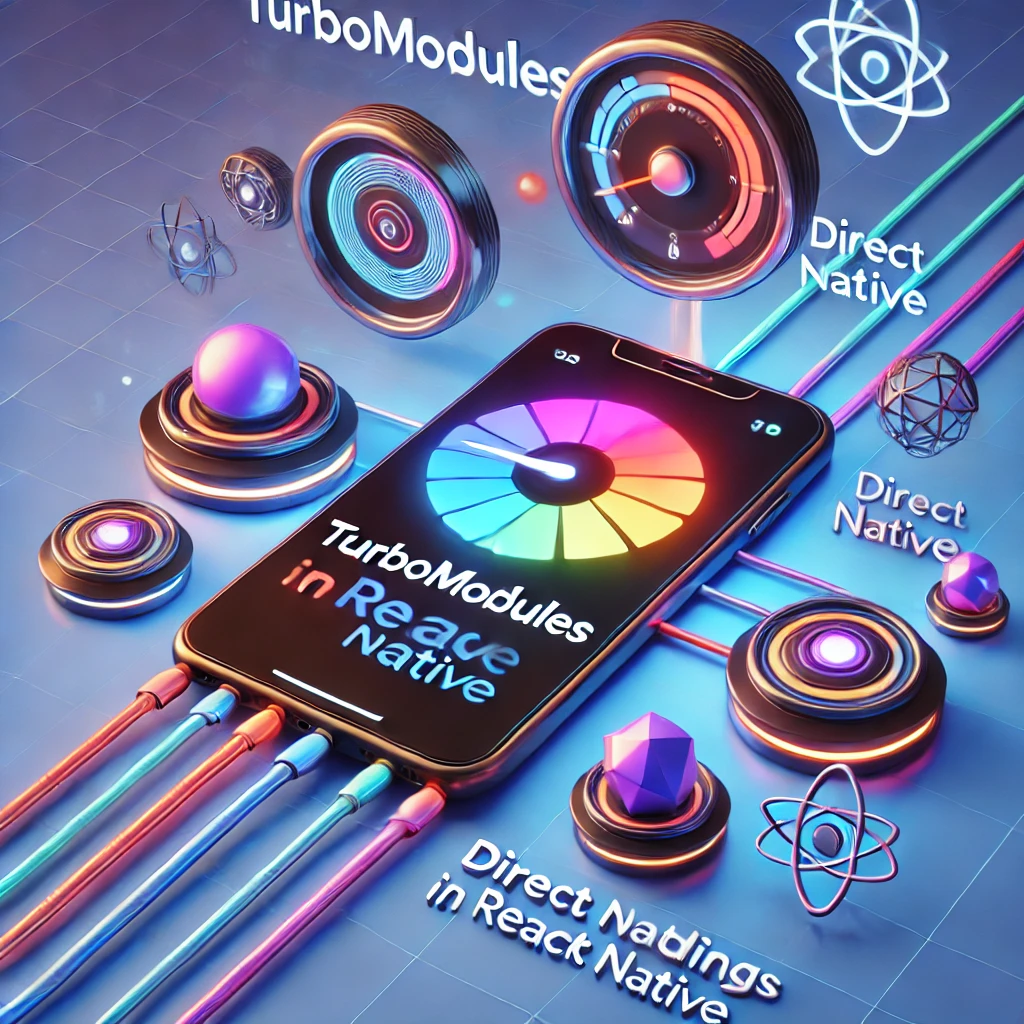React Native continues to be a game-changer for cross-platform mobile app development in 2024. With its ability to use a single codebase for Android and iOS, developers can build robust and high-performing apps faster. However, achieving optimal performance remains a challenge. In this blog post, we’ll explore tips and best practices to build high-performance React Native apps that rank high in user satisfaction and app store ratings.
Why is Performance Critical in React Native?
Performance impacts user retention, app usability, and ratings in the app stores. Studies show that 40% of users abandon an app that takes more than 3 seconds to load. React Native apps, while powerful, can suffer from performance bottlenecks if not optimized correctly.
Let’s dive into top tips and techniques for boosting your React Native app’s performance.
1. Optimize Rendering with FlatList and SectionList
React Native provides FlatList and SectionList for rendering large datasets efficiently. Using these components ensures only the visible items are rendered, reducing memory usage.
Tips:
- Avoid inline functions: Use
useCallbackto prevent unnecessary re-renders of list items. - Use
getItemLayout: Predefine item heights for better performance. - Pagination: Implement pagination or infinite scrolling for long lists.
<FlatList
data={data}
keyExtractor={(item) => item.id.toString()}
renderItem={renderItem}
getItemLayout={(data, index) => ({
length: ITEM_HEIGHT,
offset: ITEM_HEIGHT * index,
index,
})}
/>
2. Leverage Hermes for Faster JavaScript Execution
Hermes is an open-source JavaScript engine optimized for React Native. It reduces app size and improves runtime performance, especially on Android devices.
How to Enable Hermes:
- Update your
android/app/build.gradle:project.ext.react = [ enableHermes: true // Enable Hermes for performance ] - Rebuild the app using
npx react-native run-android.
3. Use the Reanimated 2 Library for Smooth Animations
Animations are a crucial part of delivering a delightful user experience. With Reanimated 2, animations run on the UI thread, reducing frame drops and providing a seamless experience.
Example:
import { useAnimatedStyle, useSharedValue, withSpring } from 'react-native-reanimated';
const progress = useSharedValue(0);
const animatedStyle = useAnimatedStyle(() => {
return {
transform: [{ translateX: withSpring(progress.value * 200) }],
};
});
return <Animated.View style={[styles.box, animatedStyle]} />;
4. Reduce App Size with Code Splitting
Large apps can lead to high memory consumption and longer load times. Reduce your app size by using tools like:
- Dynamic imports to load components only when needed.
- react-native-purge-icons to remove unused icons.
Code Splitting Example:
const LazyComponent = React.lazy(() => import('./components/LazyComponent'));
<Suspense fallback={<Loading />}>
<LazyComponent />
</Suspense>;
5. Avoid Memory Leaks
Memory leaks are common in React Native apps, often caused by lingering event listeners or intervals.
Best Practices:
- Unsubscribe listeners: Always remove event listeners in
useEffectcleanup. - Use
setStatecautiously: Avoid updating state after a component is unmounted.
useEffect(() => {
const subscription = someEventEmitter.addListener('event', handler);
return () => subscription.remove(); // Cleanup
}, []);
6. Optimize Images and Assets
Large or unoptimized images can significantly slow down your app. Use the following techniques:
- Compress images to reduce their size. Tools like react-native-compressor can help.
- Use lazy loading for image-heavy screens with libraries like react-native-fast-image.
7. Monitor and Debug Performance
React Native has excellent debugging tools, such as:
- Flipper: For performance profiling and debugging.
- React Native Performance Monitor: Built-in monitor to track frame rates and memory usage.
8. Migrate to React Native Fabric
React Native’s Fabric architecture is the future of UI rendering. It enhances performance by reducing the communication bridge between JavaScript and native code.
Stay updated with React Native’s official migration guides to adopt Fabric.
9. Utilize TypeScript for Scalability
Using TypeScript in your React Native projects ensures type safety, improves developer productivity, and reduces runtime errors.
Setup:
npx react-native init MyApp --template react-native-template-typescript
10. Stay Updated with the Latest React Native Trends
React Native is constantly evolving. Regularly update your project to the latest version to take advantage of new features, optimizations, and security fixes.
Key Updates in React Native 0.73:
- Improved TurboModule support.
- Enhanced performance with the JSI layer.
- Better developer experience with Metro bundler improvements.
Final Thoughts
Optimizing your React Native app’s performance is essential for providing a fast and seamless user experience. By following these tips, you can ensure your app stands out in the competitive app market. Stay proactive in adopting new tools and techniques to keep your app modern and efficient.
FAQs
1. What is the best library for animations in React Native?
Reanimated 2 is the go-to library for smooth, high-performance animations.
2. Does enabling Hermes affect my app size?
Yes, Hermes reduces the app size and improves runtime performance, especially on Android.
3. How do I handle large lists efficiently in React Native?
Use FlatList or SectionList with optimizations like getItemLayout and pagination.
By optimizing your app with these tips, you’re not just improving its performance but also enhancing its chances of ranking higher in search engines and app stores. Start building faster, smoother apps today!







Leave a Reply